Tutorial: Posing and Body Language – Part 2
Samy Fecih, a Character Animator working at Double Negative, is doing a series on Posing and Body Language for CG Channel. Check out part 1 of his tutorial on posing and body language here.
Introduction
Now that we’ve been introduced to how body language works, we’re going to see what can help us to have nice and strong poses in our actions, to express them in the best way possible. In this tutorial, we’re going to explore the possibilities of the body, its limits, and how to use it composition-wise to make a message very clear and easy to read.
Video clip of Captain Frodo, contortionist:
Anatomy
Which parts of the body are flexible and rigid? How do they interact? We all know that our joints are flexible, but we also need to consider their range of motion, as it is different between say, a gymnast and a worker. They don’t move the same way, neither do they have the same flexibility and muscle mass.
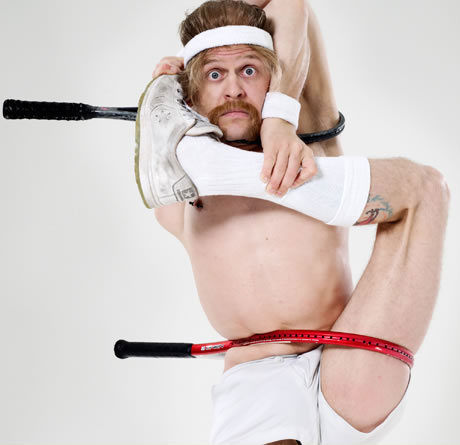 Captain Frodo, also known as “The Incredible Rubberman”, a contortionist.
Captain Frodo, also known as “The Incredible Rubberman”, a contortionist.
As our joints are limited in a way, we need to know when they start to influence other joints, for example when the arms raise to 90 degrees (approximately) the clavicle needs to raise to allow the arms to go higher. Also, our joints are not all situated in the middle of our limbs, so what does it mean to be more “inside” or “outside”? For example, when feet are lifted, they will lean forward but also outward as the ankle joint is inside the foot.
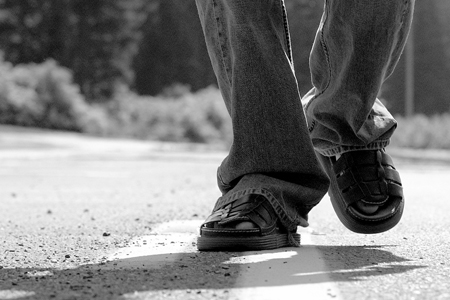
Finally, some body parts are independent. Our clavicles are independent from each other and also from the torso inclination. When we make a pose, we don’t always need to have the shoulders opposite to the hips for counter-balance. In some case they can have the same rotation, where the torso is actually rotated opposite to the hips as a counter-balance, and the clavicle is acting independently. You can see this when a kid is holding the hand of an adult. Because of the height of the adult, the kid has the clavicle very high, independently from the torso inclination.
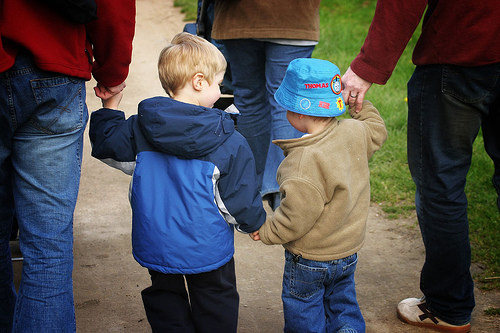
Knowing all this about our body, now we can use the knowledge for our poses. For example, our ligaments and joints have a certain stiffness (except for our beloved Captain) and because of this stiffness we use our ligaments like “rubber bands” to give more power. This is where “joint breaking” comes in. By “breaking” the joint, the elasticity of the ligaments and muscle create an energy, this poses can’t stay too long cause they are not natural, this is why they happen just for a split second. We have to not see them … just feel them.
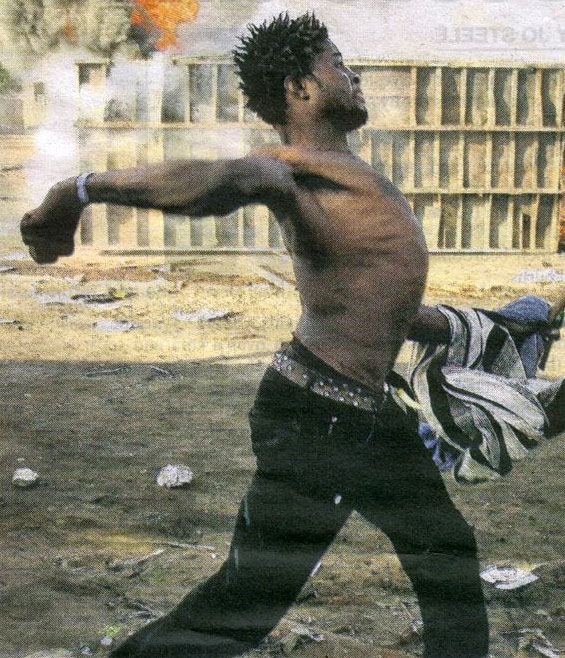
Composition
Line of action, silhouette, negative space, contrast. All these basics define a pose visually. The eye is attracted by complexity and contrast. If we want to bring the attention on one spot, we need to make that spot interesting. Of course, lighting and composition are important, but as animator, using our character to direct the attention in a direction is one of the possibilities that we have, using all the principles that we’ve learned.
If we have an empty space and put in an object, we will look at it right away because it is in contrast with the emptiness. If everyone on a scene is in black, the one in white will be spotted right away. This is the same with animation. Complex shapes attract the eye, so having a profile and more curve on a side of the character, gives him more strength and a direction to express an idea, or support another one.
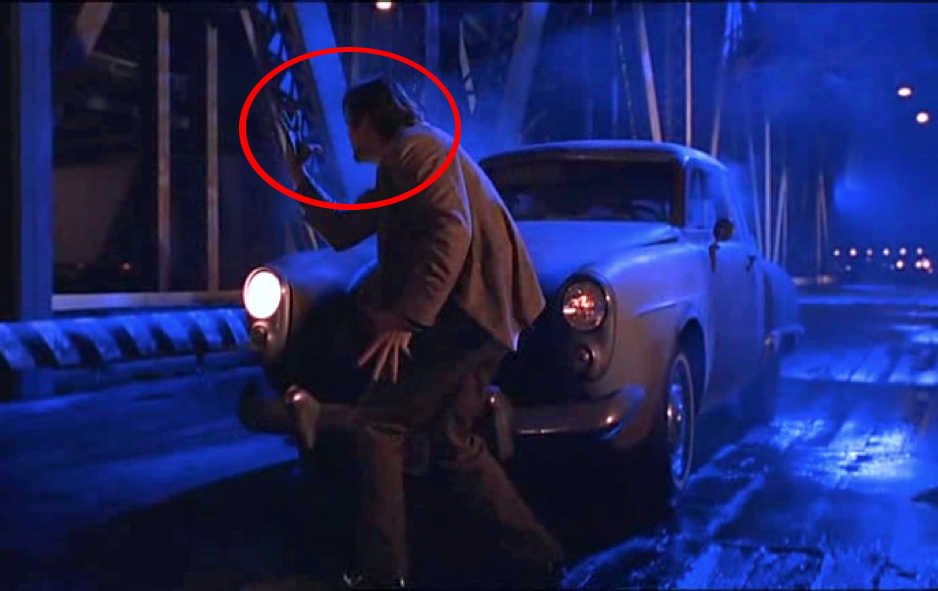
Pay attention to the right hand and the face, which make a complex shape with a nice contrast to the background. Look at the other hand, bright with light on it over a dark costume. The whole pose is a perfect silhouette.
So when we make our poses we should always be sure we can read it as much as possible using silhouettes (in Maya, pressing ‘7’ will show your character in silhouette if there are no lights in the scene). Use the negative space to help to define the action and pose better. Also, contrast in colour helps to define the silhouette. This is why some mimes usually have a black top, and white gloves. Whatever the pose, we can read it easily.
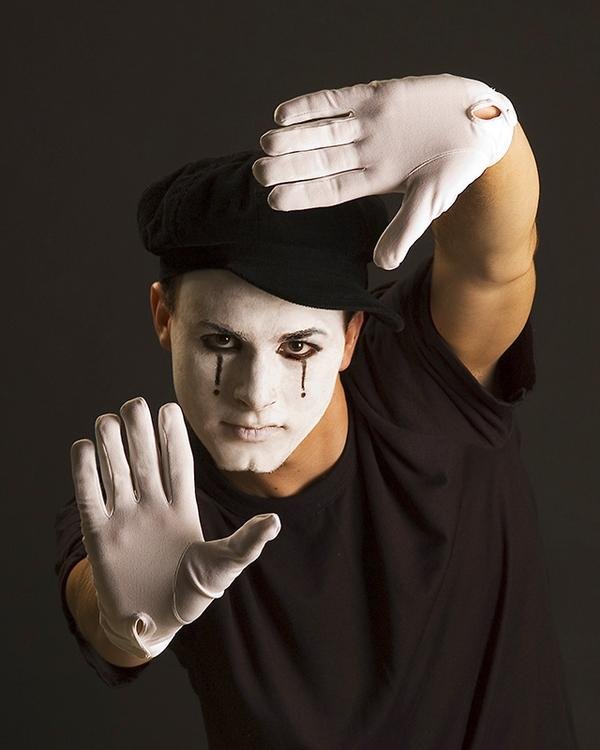
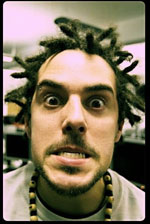 About Samy Fecih, Character Animator, Double Negative
About Samy Fecih, Character Animator, Double Negative
Samy Fecih learned animation at Animation Mentor. While still at school, he worked at Teamto on a TV series and then went on to work at Attitude Studio on the film “9”. He moved to London, working at Framestore on projects such as Prince Caspian, The Tales of Despereaux, Where the Wild Things Are and Avatar. Samy is a Character Animator at Double Negative, where he worked on The Sorcerer’s Apprentice and Ironman 2. Samy started teaching in 2009 and, with two friends, created the event “Bring Your Own Animation” in London and Paris, where students and professionals can bring their work and get feedback from senior, professional animators.
